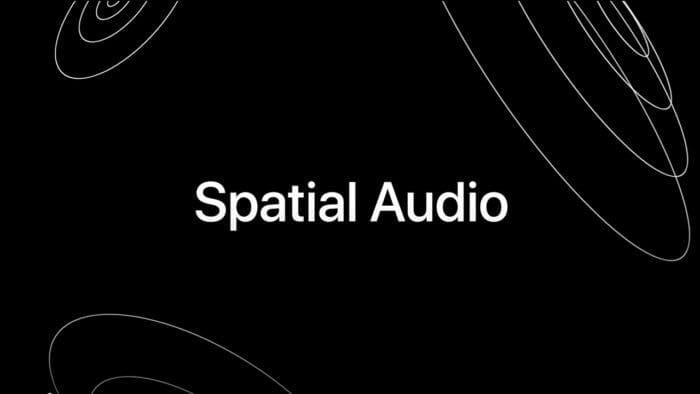What Is Spatial Audio? How Does It Work?
Have you ever wished you could be transported into the heart of your favorite movie, music, or game? Imagine feeling the beat as if you’re right in the middle of the concert. That’s the magic of spatial audio, a technology rapidly transforming the way we experience sound. But what exactly is it?
Remember the days of flat, two-dimensional movie sound? Spatial audio throws that experience out the window, creating a multi-dimensional soundscape that engulfs you from all angles. Think of it like the difference between watching a game on a tiny phone screen and being right there in the stadium, feeling the crowd erupt around you.
But that’s only the tip of the iceberg. There’s so much more that you should know about. So, let’s take a deeper dive and understand what this new audio tech is all about.
How Does Spatial Audio Work?
Remember the days of sound blasting at you from a single source? Spatial audio shatters that limitation, offering an immersive sound experience that puts you in the action. But how does this sonic sorcery work?
Unlike traditional surround sound, which assigns sounds to specific speakers, spatial audio takes a bolder approach. Imagine tiny sound engineers meticulously placing instruments and voices in 3D space. Think of them as crafters of a soundscape that envelops you from all angles. That’s pretty much all that this new audio tech is about. But there’s more to talk about, such as:
Spatial Audio is Beyond the Left and Right Channels
While stereo sound channels audio into your left and right ears, spatial audio expands this to a multi-dimensional playground. By manipulating the timing, frequency, and phase of sound waves, it creates the illusion of height, depth, and movement.
Picture yourself in a concert hall, instruments surrounding you, vocals floating in front, and the conductor’s baton tapping to your right – that’s the magic of spatial sound.
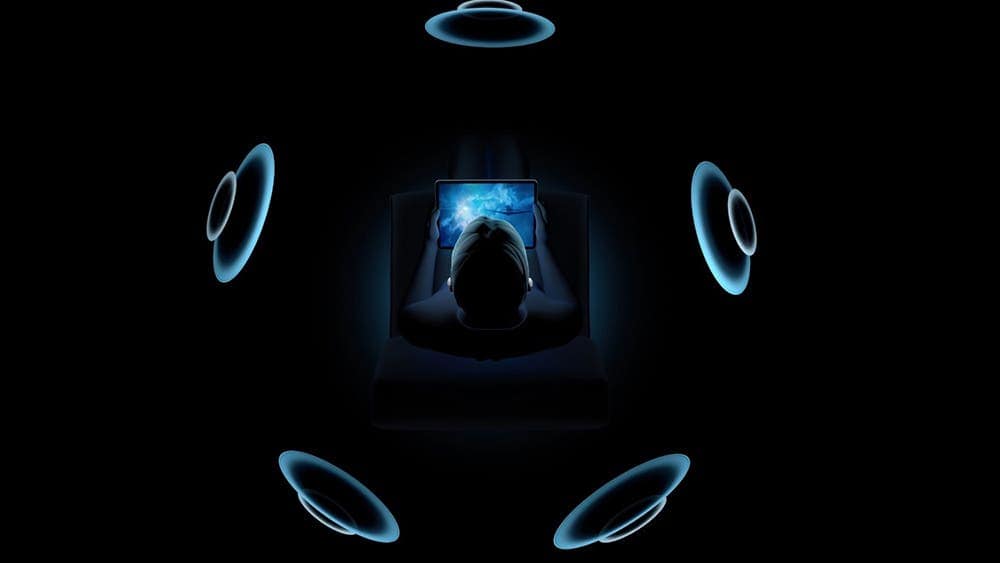
Head Tracking Enhances the Experience
Some systems take immersion a step further with head tracking. Imagine watching a movie with spatial audio enabled. As you turn your head to follow the action on screen, the sound shifts accordingly, keeping you at the center of the sonic experience. It’s like being transported into the scene, feeling the tension rise as footsteps creep up behind you in a thriller.
The Content Matters
Not all audio is created equal. To experience the full potential of spatial audio, you need compatible content. Movies, music, and games mixed for spatial audio unlock this immersive world.

Hardware Can Also Dictate the Spatial Audio Experience
To unlock the true potential of this new tech, you need compatible devices. High-quality headphones or speakers equipped with the necessary technology are essential. Some headphones go above and beyond, incorporating gyroscopes and accelerometers that track your head movements, further enhancing the realism.
What Devices Support Spatial Audio?
Ready to dive into the immersive world of spatial sound? But before you crank up the volume, let’s explore the hardware that makes the magic happen.
Apple AirPods Pro and Max
These premium earbuds and headphones boast Apple’s own spatial tech with dynamic head tracking. As you move your head, the soundscape stays anchored, creating a genuine cinematic experience.

Beats Headphones
Select Beats models, like the Studio3 Wireless and Fit Pro, also support Apple’s spatial audio, offering a wider range of options to suit your style and budget.
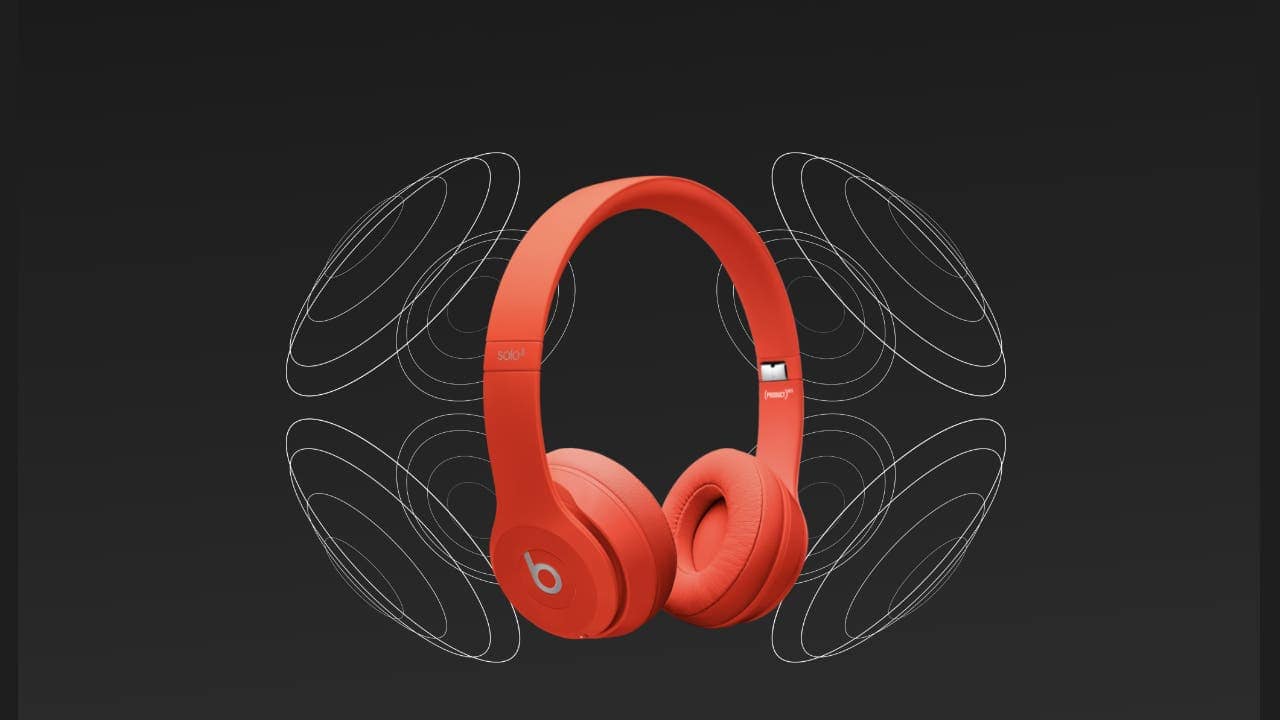
Any Headphones (with Atmos)
If your device supports Dolby Atmos, even regular headphones can unlock a basic spatial audio experience. However, the magic truly shines with dedicated hardware.

Soundbars
From budget-friendly options like the Polk Signa S4 to premium powerhouses like the Sonos Arc, soundbars offer a versatile way to experience spatial audio. Look for models with up-firing speakers for the full height effect.
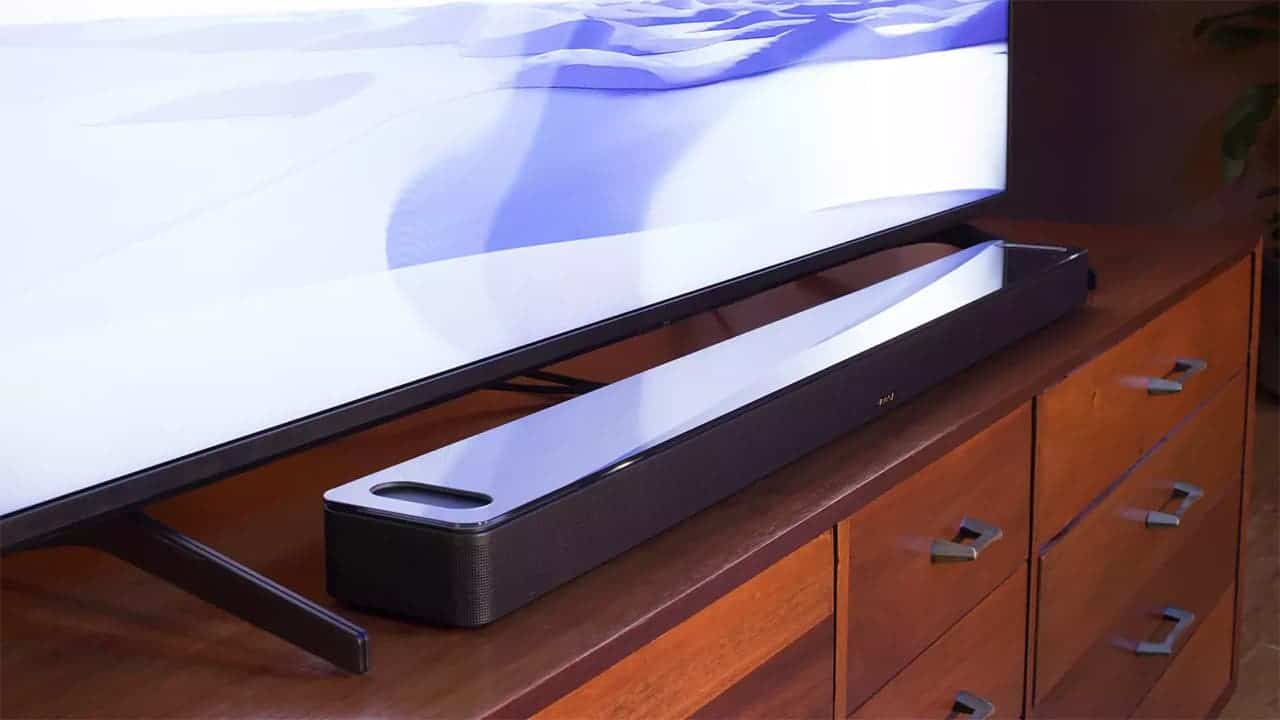
Home Theater Systems
For the ultimate immersive experience, go all out with a multi-speaker setup. Imagine a system with center, surround, and overhead speakers, transporting you right into the heart of the action.
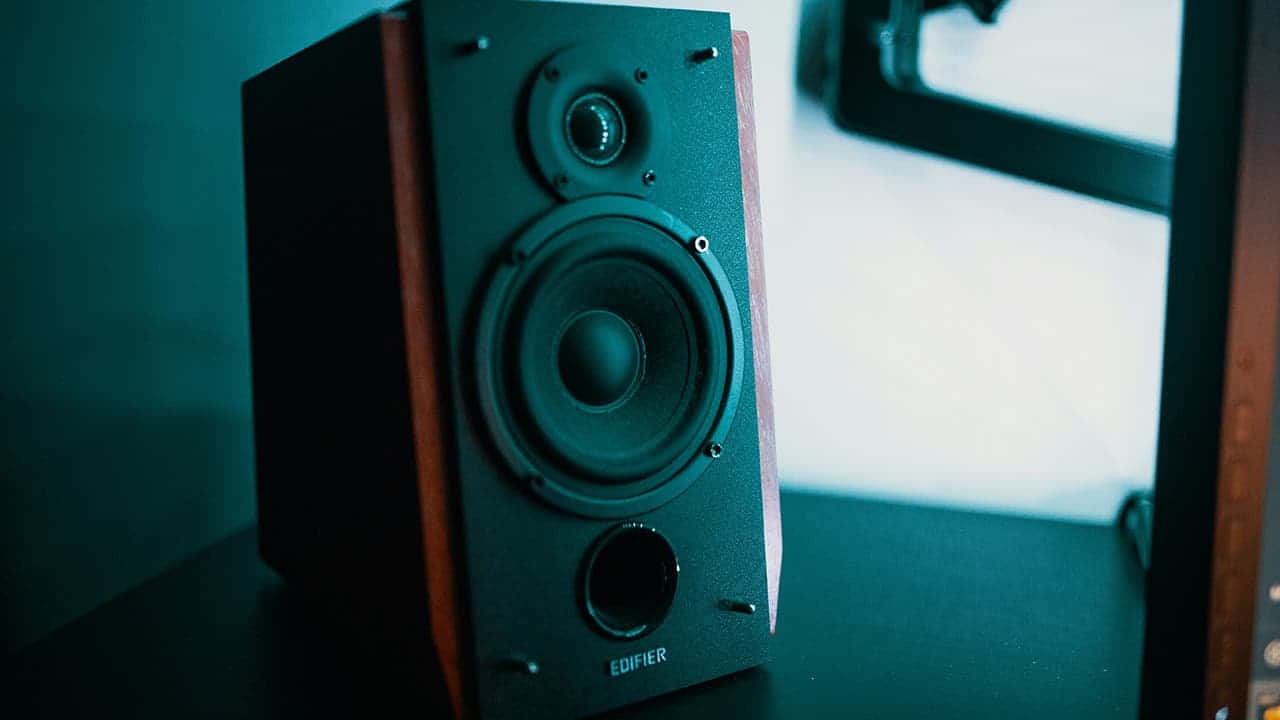
Where Can You Enjoy Spatial Audio From?
So you’ve got the hardware, you understand the science, but where do you actually experience this immersive soundscape? Well, as mentioned earlier, the content is key, and not all brings the support. At the current stage, these are the sources for your spatial audio fix:
Apple Music and Apple TV+
Apple Music allows you to get lost in your favorite tunes with spatial audio mixes. Imagine the lead singer floating in front of you, instruments swirling around, creating a whole new listening experience.
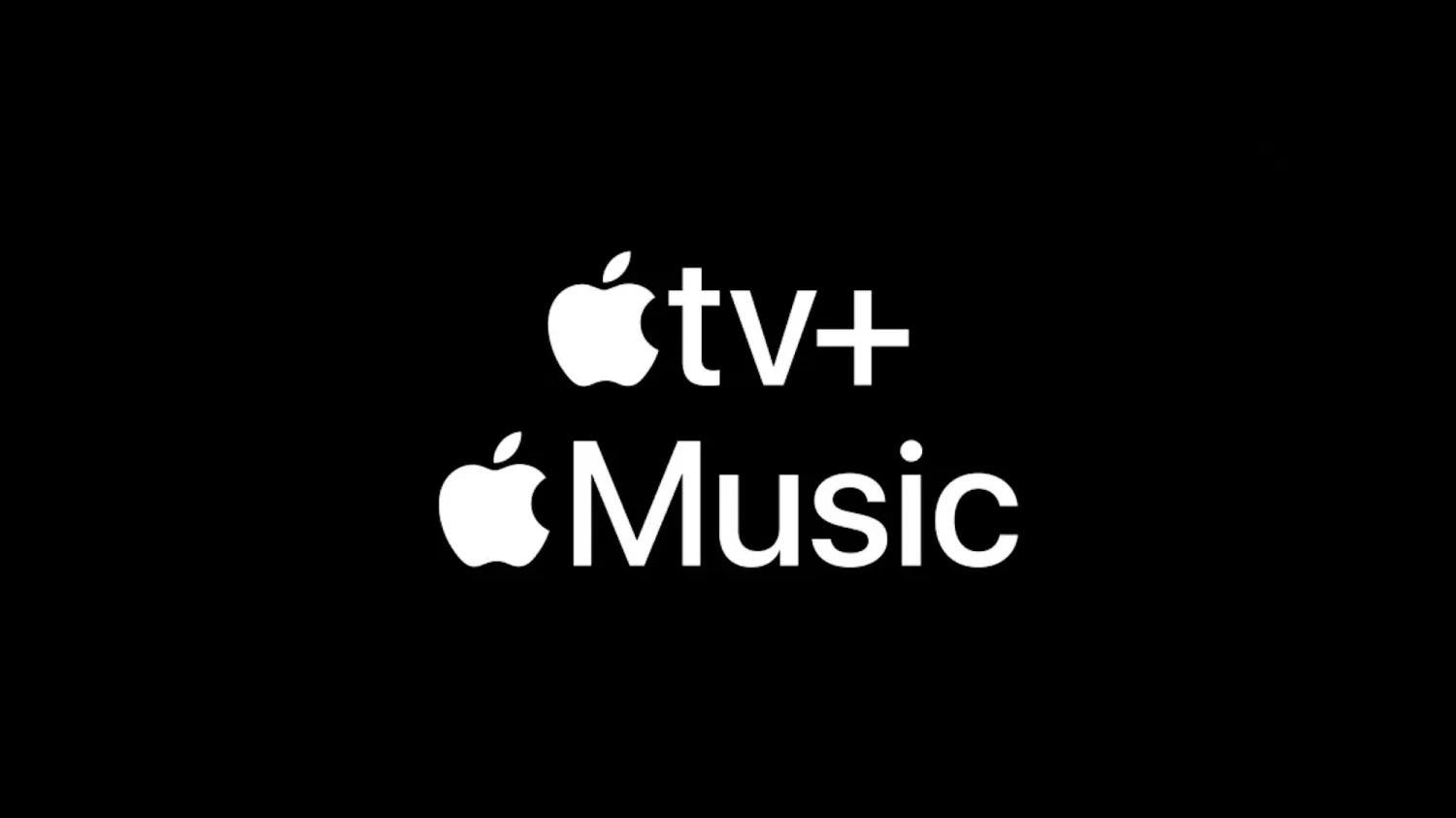
Additionally, Apple’s own streaming service boasts a vast selection of original shows and movies optimized for spatial sound.
Netflix, Hulu, Disney+, HBO Max
Buckle up for movie nights like never before. These streaming giants offer a growing library of content mixed for spatial audio, transporting you into the heart of the action.

Tidal and Amazon Music HD
While these services don’t offer direct spatial audio support for Apple devices, they boast their own immersive formats. For example, you get Dolby Atmos in Tidal’s case and 360 Reality Audio in Amazon’s.
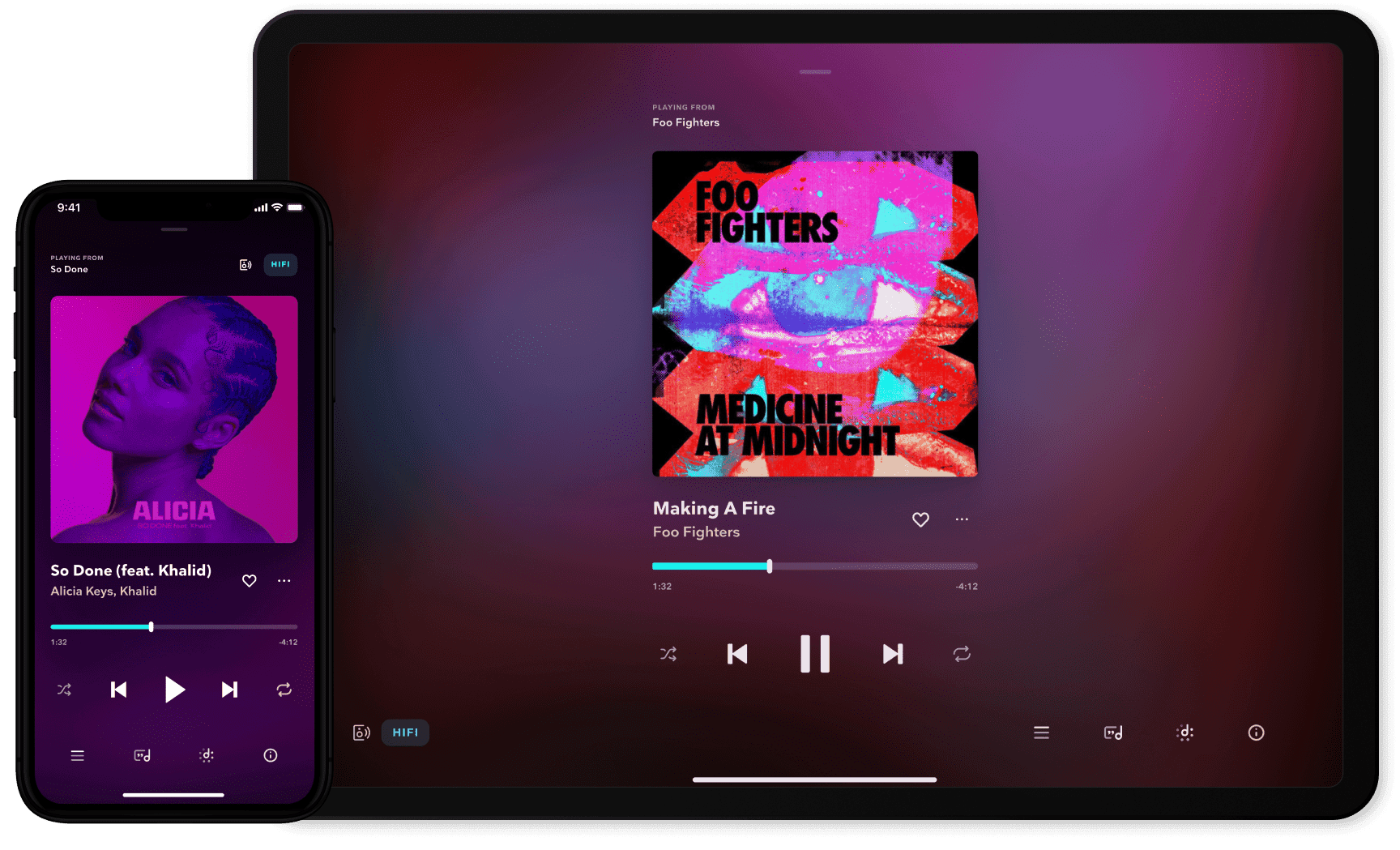
FE File Explorer
This versatile file manager also supports spatial audio. It allows you to enjoy your favorite music and movies in immersive sound directly from your device’s storage.

